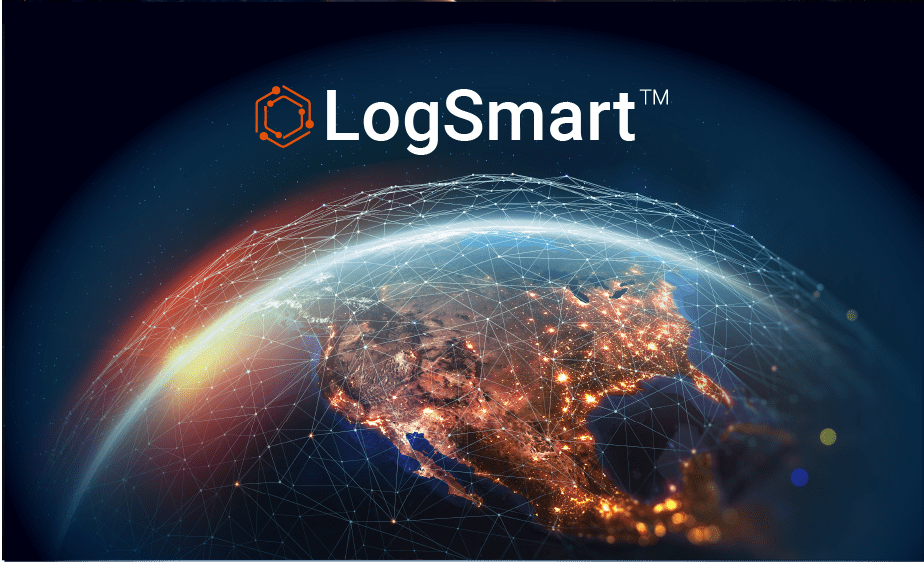
LMI Deploys Naval Autonomous Data Collection System for NAS Oceana Inventory Tracking
Data Visualization, Defense, Digital Solutions, Data & Analytics, LogisticsIn partnership with the Naval Supply Systems Command (NAVSUP) O65, LMI deployed the Naval Autonomous Data Collection System (NADACS) to track and monitor over 4,000 high-value assets in U.S. Navy warehouses at Naval Air Station (NAS) Oceana using radio frequency identification (RFID) technologies. This deployment will increase asset visibility in the warehouses, significantly reduce the time required for wall-to-wall inventories, improve inventory accuracy, and enable more timely and effective responses to inventory discrepancies.
Data Visualization in Real Time
NADACS resulted from a 2-year Rapid Innovation Fund (RIF) project to mature and develop a new asset visibility capability rapidly to improve the scale, speed, and accuracy of data collection. It is a government-owned, common access card–authenticated software system hosted on the Amazon Web Services GovCloud. NADACS ingests data from any source at the tactical edge (e.g., RFID readers, barcode scanners, IoT devices, and autonomous mobile robots), then stores that data in a data lake. The NADACS web application displays the data in intuitive interfaces so that users can visualize real-time logistics data to make informed and effective decisions quickly. NADACS sends updates based on user-defined conditions, such as location alerts when assets leave a geographical boundary or temperature alerts when assets exceed a threshold.
The Next Generation of RFID
Over the course of the RIF, LMI and NAVSUP O65 worked with RSAE Labs to leverage the data collection and networking capabilities of RSAE Labs’ commercial wireless sensor mesh product, mist, adapting the protocol and devices into a U.S. Navy version known as Next Generation RFID (NG-RFID). NG-RFID collects location and sensor data in real time and facilitates interfacing with legacy U.S. Navy data collectors. NADACS takes full advantage of the secure, reliable, and real-time data collection from NG-RFID to support continuous asset monitoring and alerting.
NADACS, its data lake, and the data collectors improve data collection, accuracy, and availability and will enable an effective and reliable continuous asset visibility capability. As the foundation for this connected logistics ecosystem, NADACS reduces reliance on manual processes, enables advanced analytics, and increases the agility of logistics operations for NAVSUP and the U.S. Navy.


